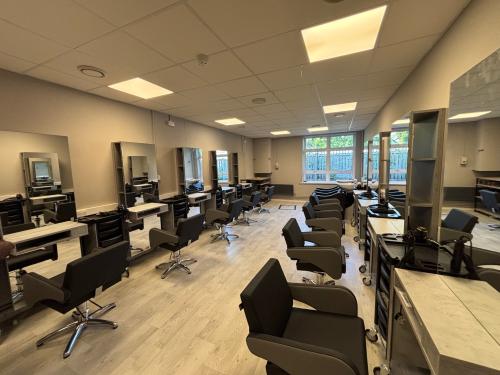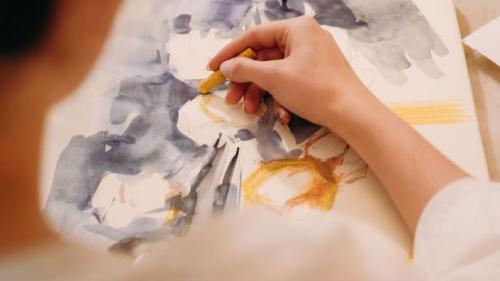Come to our next Open Event
Come along to the next Adult & HE Open Event on Thursday 8th January 2026, 16.30-19.00. Venue: Stoney Lane Campus, SO22 6DR
RegisterWelcome
Adult and Higher Education is a division of Peter Symonds college. At our Stoney Lane campus you can study towards a full honours degree whilst continuing to work full-time, gain the qualifications necessary for degree level study, or train for a new career in a variety of subject areas. Those looking to learn for fun, start a new hobby or meet new people can choose from our extensive leisure and language provision.
We offer exceptional teaching from industry recognised professionals and small class sizes, meaning you get the personal and professional support that we pride ourselves on. We look forward to welcoming you to our learning community.
News
Course Search
Use the form below to find an adult education course:
Create An Account
In order to apply and/or enrol on Adult Education courses, you will need to register with us.


